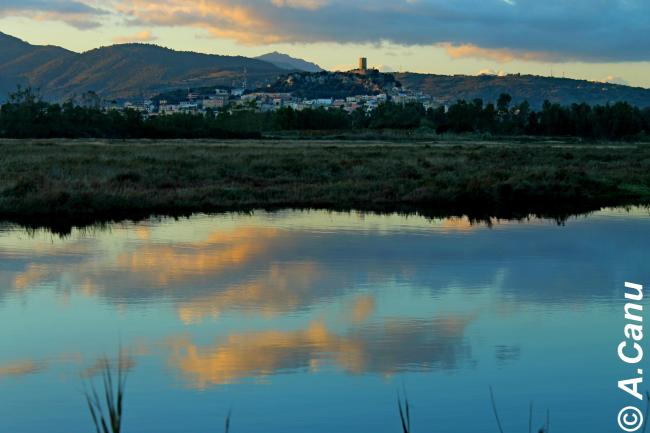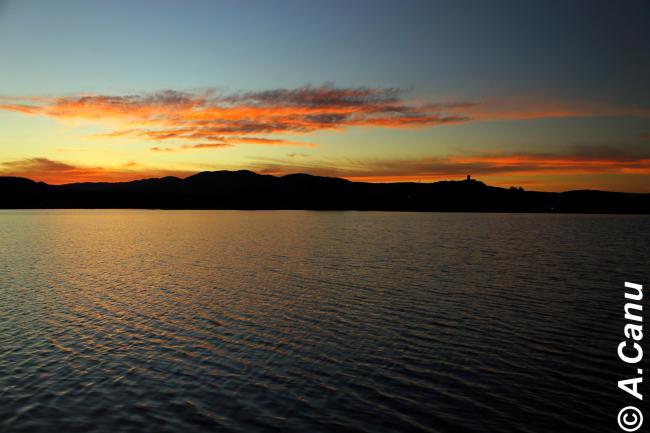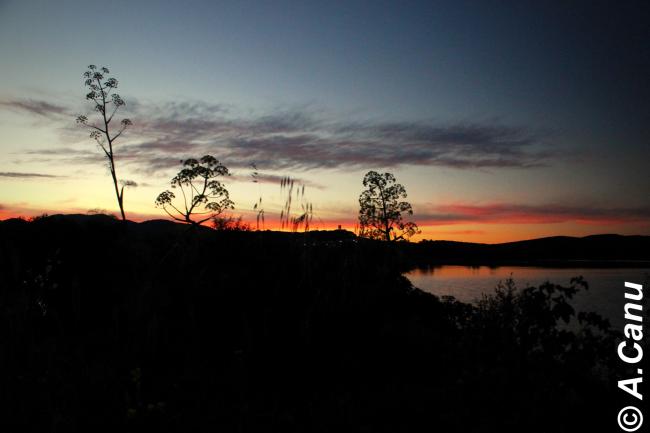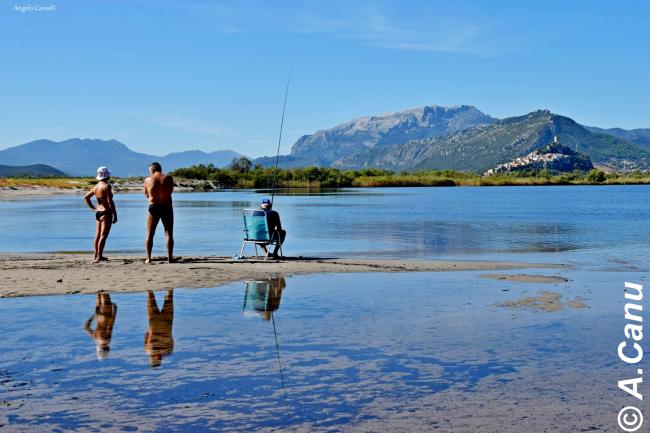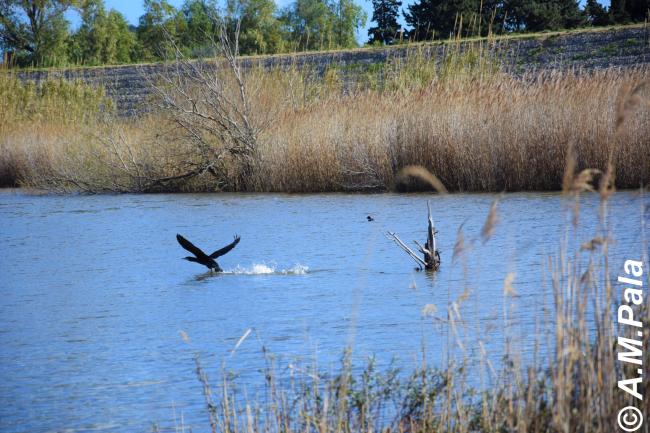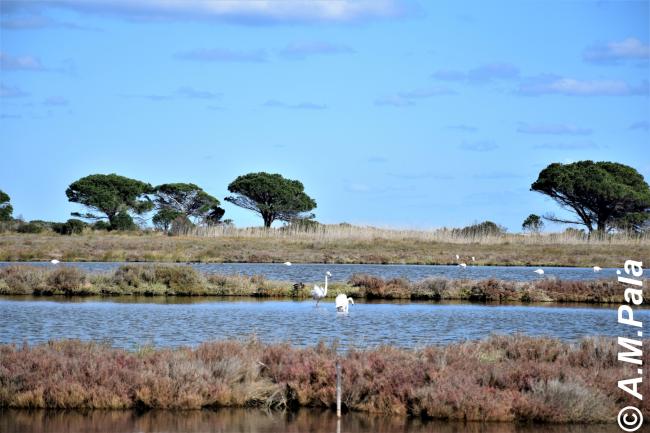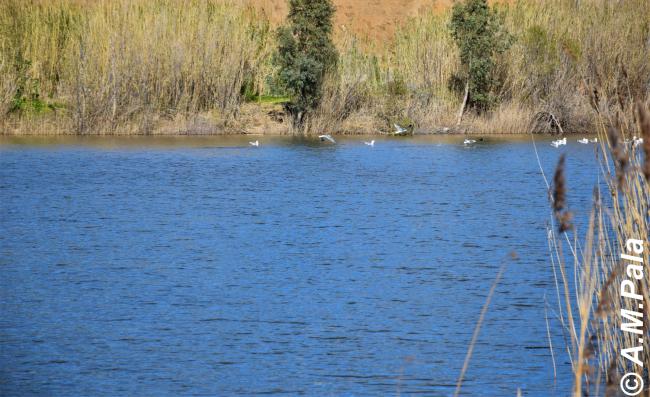Posada River Mouth
Posada River Mouth
- Country:
- Italy
- Site number:
- 2452
- Area:
- 736.0 ha
- Designation date:
- 25-02-2021
- Coordinates:
- 40°38'22"N 09°43'28"E
Carousel
CarouselMaterials presented on this website, particularly maps and territorial information, are as-is and as-available based on available data and do not imply the expression of any opinion whatsoever on the part of the Secretariat of the Ramsar Convention concerning the legal status of any country, territory, city or area, or of its authorities, or concerning the delimitation of its frontiers or boundaries.
Situated in the north of Sardinia, the well-preserved Posada River Mouth is a rare example in the Mediterranean of a near-natural river delta. The Site comprises the final stretch of the Posada River, its alluvial plains, small side streams, oxbows and a sandy coastal lagoon. Typically for a river mouth with a gradient of fresh, brackish and salt water, there are Phragmites australis reedbeds, riparian tamarisk and willow communities and saltwater species such as glassworts (Sarcocornia spp.), seepweeds (Suaeda spp.) and sea purslane (Halimione portulacoides). The Site’s network of waterways, temporary ponds and continuously shifting dunes provides a variety of breeding and wintering grounds for regionally and nationally protected animals including the European pond turtle (Emys orbicularis orbicularis), the common kingfisher (Alcedo atthis) and the little bittern (Ixobrychus minutus). During floods the entire plain can become inundated, mitigating the upstream impact and distributing fertile soils along the alluvial plain. Some sheep and cattle graze within the Site, while orchards and horticultural crops are cultivated at its margins. During the summer months the coastal area is a popular tourist destination.
- UNESCO Biosphere Reserve
- Natural Regional Park established by regional Law - L.R. n.21/2014 - Parco regionale naturale di Tepilora

